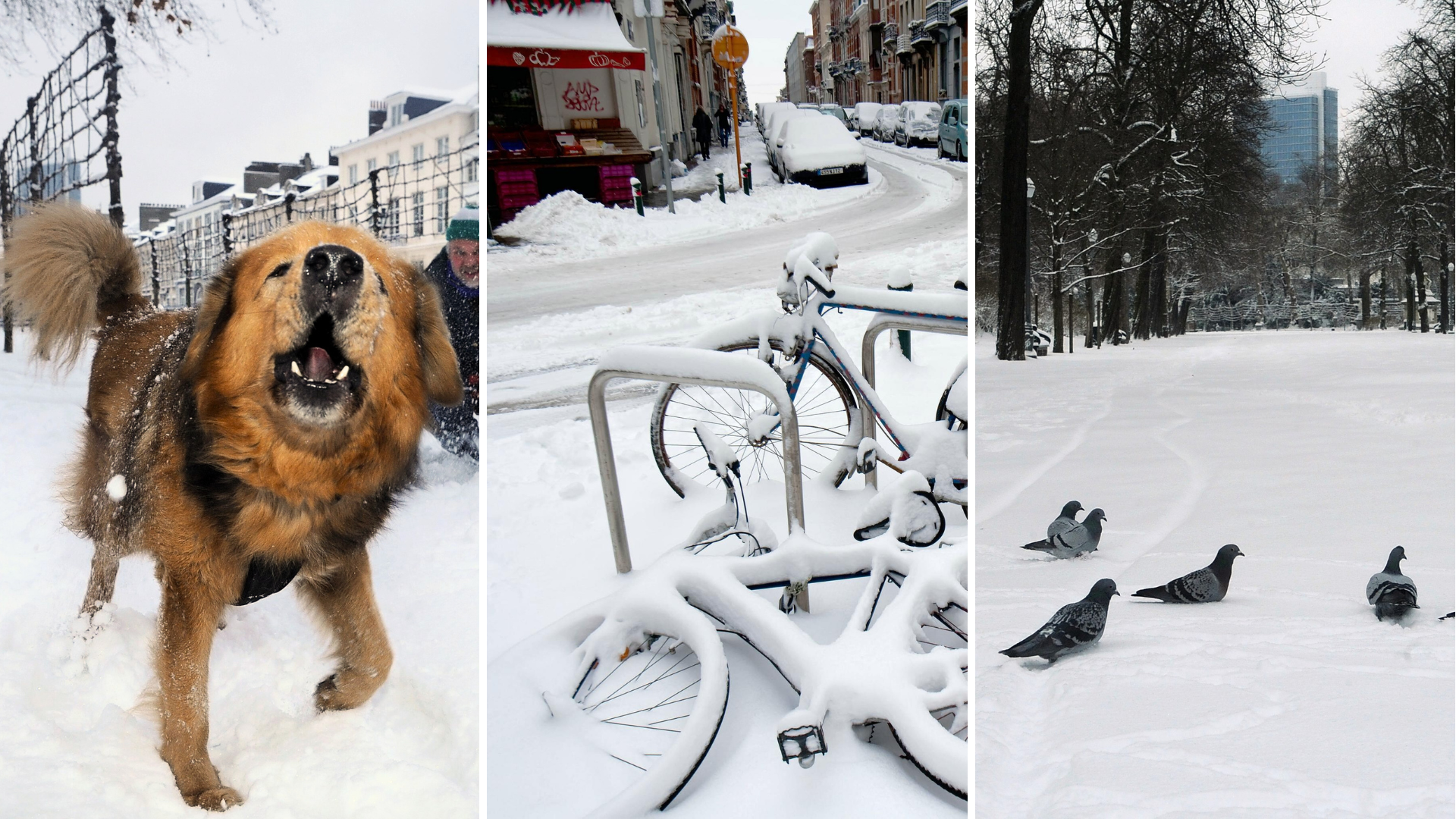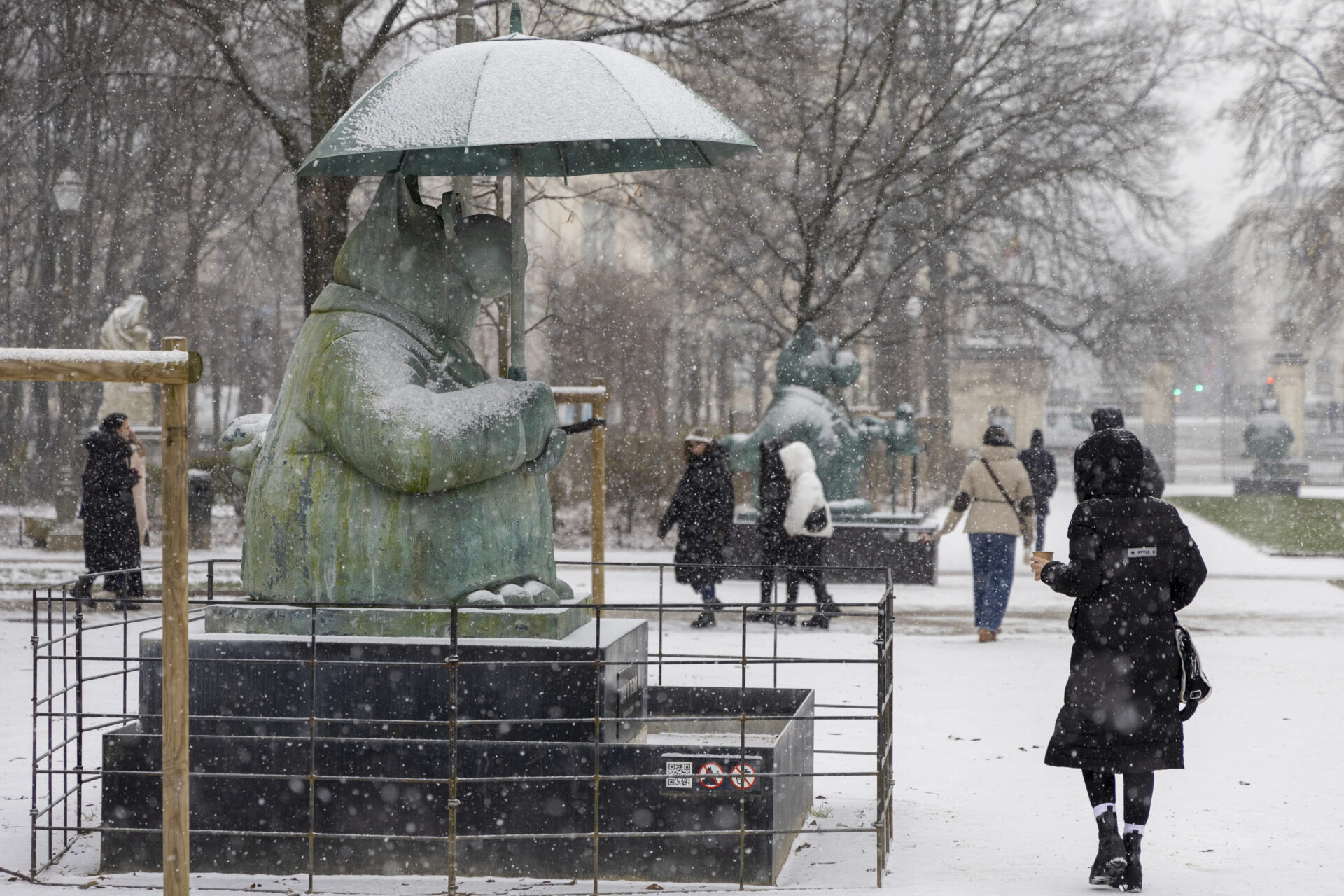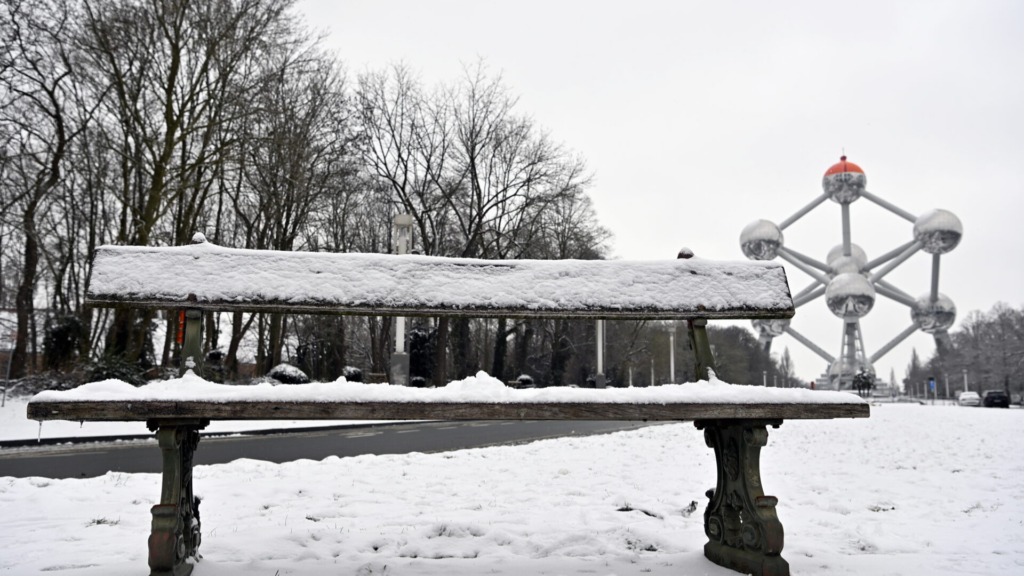The chances of a white Christmas in Belgium are small, though the Royal Meteorological Institute (IRM) hasn't completely ruled it out in the south of the country.
Belgium has been under a cloud for most of the month and the IRM forecasts a wonderfully grey and cloudy Christmas day, with a chance of fog and drizzle. To qualify for a white Christmas, the IRM weather station in Uccle must have at least 1cm of snow at 08:00 on 25 December.
"The probability of a white Christmas in Brussels is nil," IRM's Pascal Mormal told The Brussels Times. "But above 600m, the chance is around 50%."
Where to go for snow?
The last time Belgium saw a white Christmas was well over a decade ago in 2010, when snow reached 16cm in Uccle. Nonetheless, Christmas day in 2020 saw 6cm of snow fall on the highest parts (above 600m) of Belgium.

Snow in Brussels on 24 December 2010. Credit: Belga.
"If we look at the statistics since the end of the 19th century, the best places for a white Christmas are in the Ardennes, said the IRM's Pascal Mormal. It is least likely (a 5% chance) on the coast and in West-Flanders.
Some snow was already observed in the south on the 22 and 23 December in areas with high ground or above 500m. "Perhaps on Christmas day a small layer of snow will remain around Botrange and Mont-Rigi, with temperature a little above zero degrees," Mormal noted.
'Lost Winter'
A recent study by the non-profit Climate Central showed that the number of days below freezing around the world has decreased over the last decade. This is referred to as "lost winter days", meaning additional days where minimum temperatures exceeded zero degrees due to climate change driven by human activities, such as burning oil, coal and methane gas.
In Belgium, the report showed that on average, 15 "lost winter days" were added annually between 2014 and 2023. For Brussels specifically, the average was 16 days.

Snowy streets in Brussels pictured on Wednesday 17 January 2024. Credit: Belga / Julien Warland
Warmer winter impacts snow, both where and when it falls. Climate models predict that snow cover in the Northern Hemisphere will decrease by 8% per 1°C of global surface air warming. The increased moisture due to a warming atmosphere can also result in rainfall instead of snow.
The report compared climate data to temperatures of a world without human-induced climate change, estimated using the Climate Central's Climate Shift Index. This uses the latest peer-reviewed information to quantify the impact of climate change on daily global temperatures.

